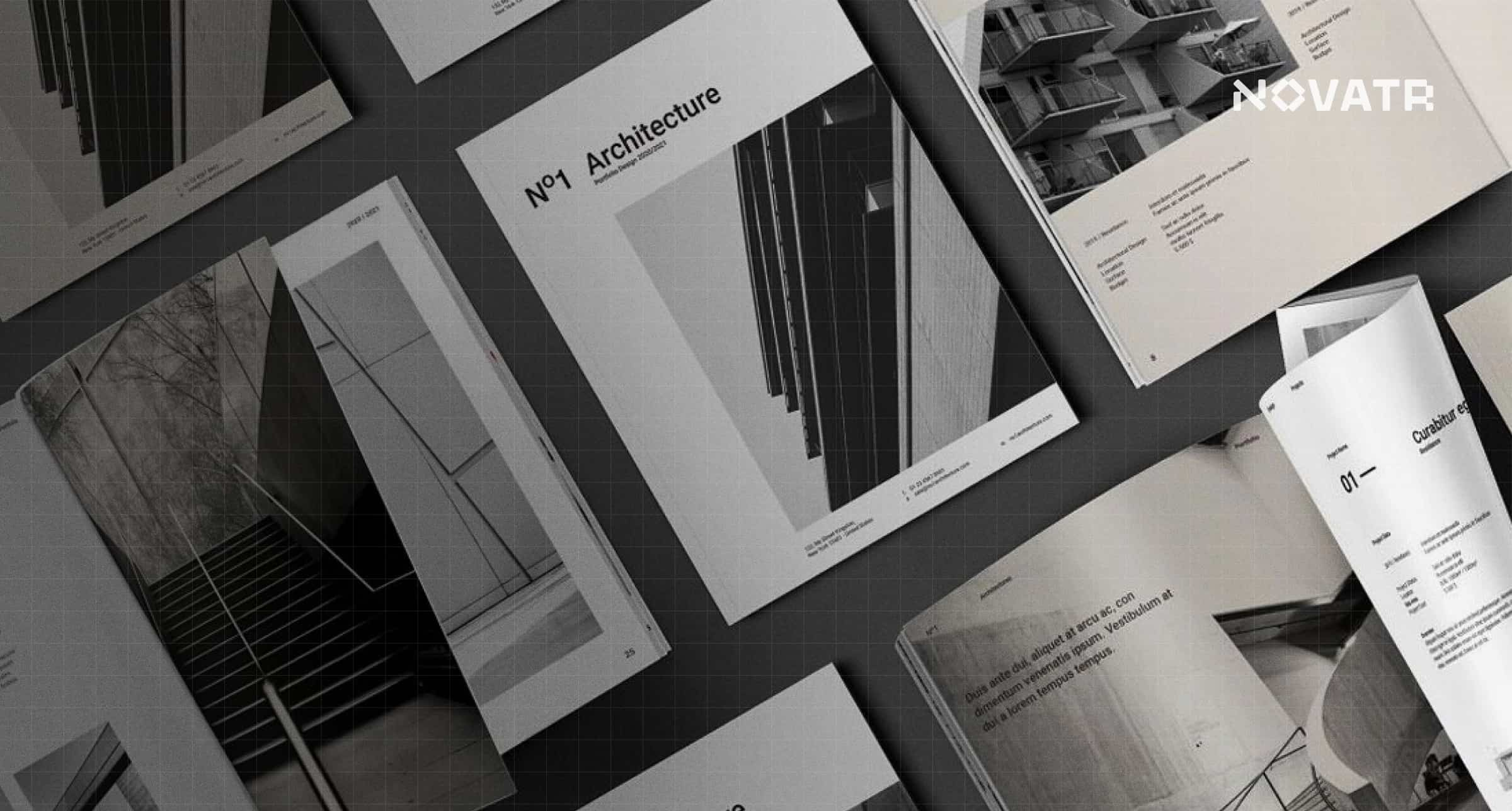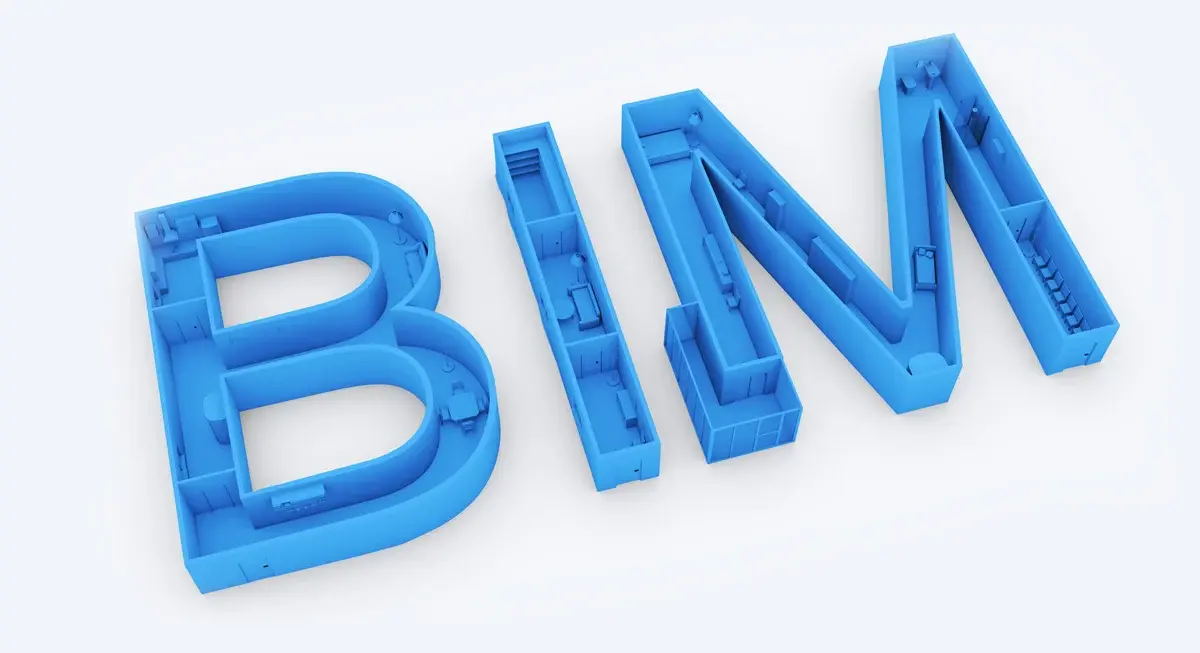
Building a strong portfolio is one of the most important steps for students, junior architects, and emerging BIM professionals who want to stand out during job applications. A BIM architect portfolio helps employers see not just your design abilities but also how well you work with digital tools, manage project information, and collaborate across teams.
This guide walks you through every essential part of creating an effective portfolio, including what a BIM architect does, the core skills to show, how to choose the right format, how to structure your pages, which software to highlight, and which mistakes to avoid. By the end, you will know how to present your projects clearly and create a portfolio that makes a strong impression on recruiters.
What Does a BIM Architect Do?

A BIM architect uses digital models to design, coordinate, and manage building information across the entire project lifecycle. Their role combines architectural thinking with technical accuracy, allowing teams to work together more efficiently.
A BIM architect typically works on:
-
Creating detailed 3D architectural models that integrate structural, MEP, and construction data.
-
Coordinating with engineers, contractors, and consultants to ensure seamless project execution.
-
Managing clash detection, resolving design conflicts, and adhering to industry standards.
-
Optimizing project delivery through automation, data analytics, and parametric design.
-
Using BIM-based simulations to improve energy efficiency and material usage.
-
Ensuring that as-built models are used for long-term maintenance and asset management.
How do Architects use BIM in Real-World Projects?
Architects use BIM to improve accuracy, communication, and decision-making across all phases of a project. Common real-world applications include:
-
Design Visualization: Architects use BIM to create parametric models that allow real-time design adjustments, making it easier to explore different design alternatives.
-
Clash Detection: BIM tools like Revit, SketchUp, and ArchiCAD help identify and resolve conflicts between architectural, structural, and MEP elements before the construction begins.
-
Sustainable Building Strategies: BIM enables architects to run energy analyses, daylight simulations, and material life cycle assessments, leading to greener buildings.
-
Modular Construction: By integrating BIM with digital fabrication methods, architects can streamline off-site manufacturing and enhance construction efficiency.
-
Lifecycle Management: Post-construction, BIM models serve as digital twins for facility management, thus enabling data-backed maintenance and operational efficiency.
5 Essential BIM Skills to Highlight in Your Portfolio

Recruiters look for architects who combine design ability with technical confidence. These are the key BIM skills to highlight:
BIM software proficiency: Highlight Revit, Navisworks, Rhino, Grasshopper, BIM 360, or Vectorworks
-
Parametric design: Show adaptive components or logic-driven modeling
-
BIM standards knowledge: Demonstrate familiarity with ISO 19650, LOD, and IFC
-
Construction documentation: Include sheets like plans, sections, schedules, and take-offs
-
Automation and scripting: Show how Dynamo, Grasshopper, or Python improved workflows
How to Show the Benefits of BIM Across Various Projects in Your Portfolio?
Simply including drawings and images in your portfolio won’t help you stand out among your peers. You will also have to represent the BIM benefits for architects through various elements as mentioned below:
-
Tailor BIM Benefits to Each Project Type: Accentuate the role of BIM in enhancing multiple projects. Showcase unique applications like clash detection in complex MEP coordination, precise material takeoffs for cost savings, or parametric modeling for custom design solutions.
-
Use Data-Driven Comparisons: Present measurable impacts of BIM on cost savings, time efficiency, or error reduction. Include before-and-after scenarios, such as reduced RFIs, fewer change orders, or optimized scheduling leading to earlier project completion.
-
Showcase Visual Enhancements: Highlight how BIM facilitated superior visualization for clients through renderings, walkthroughs, and VR integration. Include a piece on how these tools improved stakeholder communication and design approvals.
How to Create a Portfolio as an Architect?

A BIM architect portfolio should reflect your skills, design process, and technical understanding. Here’s how to build an impressive one:
1. Choosing the Right Format
The first step in creating a portfolio is deciding whether to opt for a digital or physical format. Each has its own advantages and limitations, which are outlined in the table below:
|
Aspect
|
Online Portfolio
|
Offline Portfolio
|
|
Accessibility
|
Accessible worldwide, shareable via links
|
Requires in-person presentation
|
|
Flexibility
|
Easy to update and modify
|
Fixed once printed
|
|
Cost
|
Usually low-cost or free
|
Printing and binding can be expensive
|
|
Suitability
|
Essential for modern-day networking
|
Ideal for high-end presentations and interviews
|
|
Scope for Creativity
|
Can include animations, videos, and interactive elements
|
Limited to static images and text
|
1.A. Online Portfolio Websites for Architects
For most architects, having an online portfolio is a necessity. The digital format allows easy sharing with potential employers and clients while also offering a dynamic way to showcase your work. Some of the best online portfolio websites for architects include:
-
Behance: This platform is ideal for showcasing conceptual and visual design work. It provides a community where other professionals can appreciate and comment on your work.
-
Adobe Portfolio: Seamless integration with Adobe Creative Suite, making it an excellent option for architects who frequently use Photoshop and Illustrator.
-
Archifolio A platform specifically tailored for architects to create personalized portfolio websites in minutes.
-
Wix & Squarespace: User-friendly website builders that allow for a customized portfolio with little to no coding knowledge required.
-
Issuu: Great for sharing portfolio documents in a digital flipbook format, which mimics the experience of a traditional book.
1.B. Offline BIM Architect Portfolio: When to Use It?
While online portfolios are more prevalent, a hardbound portfolio can be useful in situations like high-stakes job interviews, presentations, or architectural competitions. A printed portfolio allows for a tactile experience, where the choice of paper, binding, and print quality adds to the overall impression. If you opt for an offline portfolio, ensure it is professionally printed and organized to make a strong impact.
2. Structuring Your Portfolio
A smartly structured BIM architect portfolio enhances readability and impact. Mentioned below are essential sections to include in your portfolio:
2.A. Cover Page and Introduction
Your portfolio should have a visually appealing cover page featuring your name, contact details, and a professional headshot. This helps establish credibility and set the visual theme for the pages to follow. After the cover page, include a brief introduction or design philosophy statement that reflects your approach to architecture. Your introduction should succinctly convey your architectural vision, core beliefs, and what sets you apart from others in the field.
2.B. Table of Contents
A table of contents is particularly useful for larger portfolios, allowing viewers to navigate through your work easily. This section should clearly outline the different projects and sections included in the portfolio.
3.C. Project Showcase
This is the most critical section of your portfolio, as it showcases your design capabilities, problem-solving skills, and technical knowledge. When selecting projects, focus on quality over quantity- typically, 5-10 strong projects are ideal. Each project should include the following elements:
-
Title and Brief Description: Provide the name of the project, its location, and a concise summary of its purpose and significance.
-
Concept Development: Include sketches, mood boards, and early-stage design iterations to show your creative process.
-
Technical Drawings: Show plans, elevations, sections, and construction details to highlight your technical proficiency.
-
Presentation Images: High-quality renders and photographs of models can enhance the visual appeal of your portfolio.
-
Final Outcome: Show the completed design and discuss how it meets the project’s goals and challenges.
2.D. Contact Information & Call to Action
The final section of your portfolio should make it easy for viewers to get in touch with you. Include your email address, phone number, and LinkedIn profile URL.
What to Include in Your Portfolio?

Your portfolio should highlight your technical strengths, BIM approach, and overall design thinking. Add both visuals and explanations to show your process and results. Here’s what to include:
6 Best BIM Software for Architects and Its Application
Your portfolio should not only list the tools you use but also demonstrate how you apply them effectively in real-world scenarios. You can illustrate each software with project-specific visuals, annotations, and explanations to clarify its impact on project outcomes.The key BIM software include:
1. Revit
It is the most widely used BIM software in the architecture industry, Revit is known for its comprehensive suite of tools for designing and managing building projects.
Portfolio tip: Include projects where Revit was used for comprehensive model creation, automated schedules, or clash detection.
2. ArchiCAD
Developed by Graphisoft, Archicad is a BIM software known for user-friendly interface and extensive design tools.
Portfolio tip: Present how you used ArchiCAD for conceptual modeling, documentation, and coordination with consultants.
3. Vectorworks
It is one of the most versatile BIM software that offers an impressive set of design tools and flexibility.
Portfolio tip: Demonstrate its use in hybrid 2D/3D workflows and data visualization.
4. Navisworks
While Navisworks is not a design-focused BIM software, it plays a crucial role in project coordination, clash detection, and construction simulation.
Portfolio tip: Include case studies where you resolve clashes between architectural and MEP models to streamline construction workflows.
5. Rhino with Grasshopper
This software combination offers futuristic parametric design capabilities, particularly in complex forms and geometries.
Portfolio tip: Provide examples of algorithm-driven design solutions to depict innovation and efficiency.
6. ALLPLAN
It is particularly known for its precision and high level of detailing, making it a favorite among architects working on technically complex projects.
Portfolio tip: Showcase projects that highlight detailed construction drawings, technical visualizations, and precision modeling.
How to Present BIM Projects with Clarity?
Your portfolio should not overwhelm viewers with industry jargon and too many elements vying for attention. Rather, it should share information in a structured and visually appealing way. You can achieve this using the following approach:
-
Project Overview: Provide context, including project type, scale, and objectives. Briefly describe the client requirements and constraints.
-
3D Models and Renders: High-quality images of your BIM models, including wireframe views, section perspectives, and realistic renders to convey design intent.
-
Construction Sequencing: Demonstrate your ability to use BIM for project phasing by showcasing 4D simulations (integrating time into BIM models).
-
Clash Detection Reports: Present documented instances where BIM coordination helped identify and resolve conflicts between disciplines before construction.
-
Quantity Takeoffs and Estimation: Include examples where BIM was used for material quantification and cost control, demonstrating your understanding of 5D BIM.
-
Project Documentation: Share sheets from construction document sets, such as floor plans, elevations, sections, and schedules, highlighting automation and efficiency.
How Does Pursuing BIM Courses Strengthen Your Portfolio?
Taking BIM courses can strengthen your portfolio by showing that you understand modern workflows and industry expectations. These programs also help you build real project examples, which recruiters value during the hiring process.
1. BIM Professional Course for Architects by Novatr
The BIM Professional Course for Architects by Novatr is a holistic program that offers an in-depth understanding of BIM concepts, workflows, and tools, with a particular focus on architecture. The program is structured to help architects develop a strong foundation in BIM principles, along with hands-on experience using 10+ BIM software. With a blend of theoretical knowledge and practical exercises, this course also provides a certificate for participants to include in their resume.
2. Certificate in Revit Basics by University of Houston
This is beginner-level course that focuses on developing a strong foundation in Revit's interface and basic tools, enabling architects to create accurate 3D models and detailed construction documents
3. BIM Certificate Program by Arizona State University
This program offers a comprehensive curriculum that covers various aspects of BIM such as software, project coordination, data integration, and construction management.
4 Mistakes to Avoid When Building a BIM Architect Portfolio
With multiple aspects to consider,making a professional architect portfolio can feel like an overwhelming process. So, here are seven key pitfalls to watch out for:
-
Overcomplicating Technical Details: Avoid providing viewers with excessive jargon, complex diagrams, or unnecessary data. It is ideal to focus on clarity and impact rather than showcasing every technical aspect.
-
Lack of Project Variety: A portfolio with only one type of project (e.g., residential or commercial) limits your appeal. A better approach would be to include a mix of project scales, types, and challenges to demonstrate versatility.
-
Poor Visual Presentation: Low-quality images, cluttered layouts, or inconsistent formatting can weaken your portfolio. Instead, consider using high-resolution visuals, clean templates, and structured storytelling to enhance readability.
Too Much Focus on Software Instead of Design Thinking: Listing software skills without demonstrating how they helped a project will diminish your portfolio’s impact. Make it a point to show how BIM tools enhanced various project outcomes tangibly.
Conclusion
A strong BIM architect portfolio brings together the right format, a clear structure, and strong examples of BIM skills applied in real projects. By focusing on project clarity, technical accuracy, and visual storytelling, you can present a portfolio that stands out to recruiters and hiring managers. Use the steps and checklists in this guide to refine your work, strengthen weak sections, and highlight your BIM abilities with confidence. If you want to sharpen your skills further, the BIM Course for Architects by Novatr adds credibility and helps you build stronger project samples for your portfolio.
Check out our resources page for the latest news and ideas in the world of architecture.
Frequently Asked Questions
1. What is the best format for a BIM architect portfolio- digital or physical?
Ans: Digital is best for accessibility and interactivity, but a physical version can complement in-person meetings.
2. Which BIM software should you highlight in my portfolio?
Ans: Revit, Navisworks, Archicad, Rhino + Grasshopper, Vectorworks, Allplan, and Bentley AECOsim, depending on your expertise.
3. How can you make my portfolio stand out to recruiters?
Ans: Show project variety, use high-quality visuals, highlight problem-solving, showcase teamwork, and keep it updated.
4. Do BIM courses add value to your portfolio?
Ans: Yes, they validate your skills, improve job prospects, and help provide strong project examples for your portfolio.
5. What are common mistakes to avoid in a BIM portfolio?
Ans: Too much technical detail, lack of variety, weak visuals, ignoring collaboration, outdated projects, and missing context.
Was this content helpful to you











